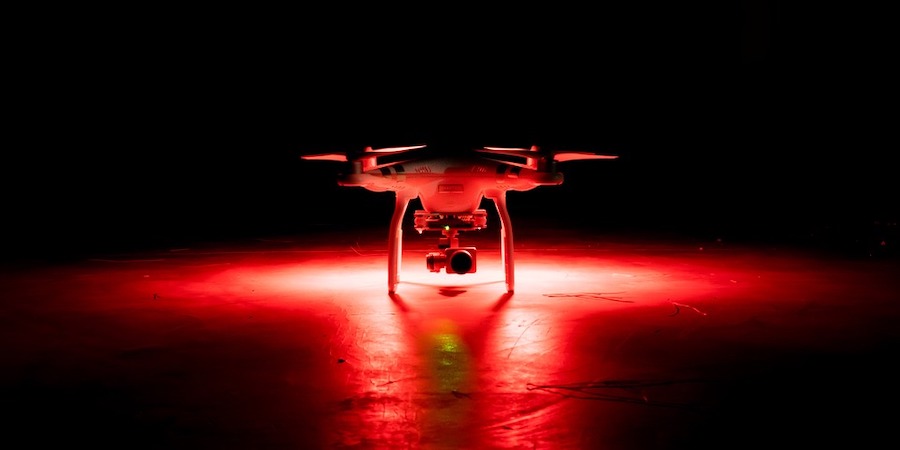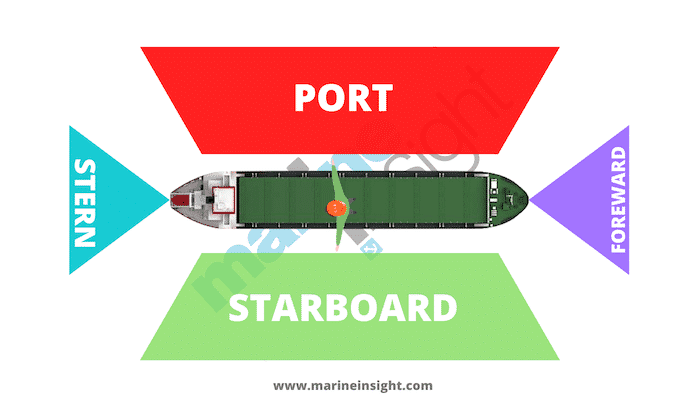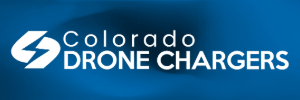A Google search appears to confirm "howardk"s post:
Marine Insight - The maritime industry guide.

www.marineinsight.com
Origin of the Terms – Port And Starboard
Port and starboard are non-interchangeable terms referring to the two halves of the vessel. When looking from the bow to the stern, the port lies on the right side while the starboard side lies on the left side.
In nautical terms, the
bow or fore lies at the forward of the ship, while the
stern or aft is the rear portion. This definition of port and starboard ensures that these directions are unique irrespective of the position of the concerned party.
The origin of these terms come from the old English usage for their respective purposes. In the times of early boats that were steered with the aid of a steering oar at the stern, the majority of sailors were right-handed.
These steering oars functioned as the rudders of the craft and had to be expertly
manoeuvred. Hence, it was easier to have the steering oar on the right-hand side so that the sailor was facing forward comfortably. This led to the right half that he sat on being called the steerboard which was later corrupted into starboard.
For smaller crafts and sailboats, this led to some difficulty in loading goods from this side of the vessel. So, boats would dock with their left-hand side against the port wharves.
This led to the left side being called the larboard, based on the corruption of the old English term for loading. However, it was common to confuse the terms larboard and starboard while sailing, as they sounded similar. Thus, larboard was later replaced by the term port. This also aided in other terminology, as it was the left-hand side that was moored to the port
Most interesting lesson in nav history...!


















